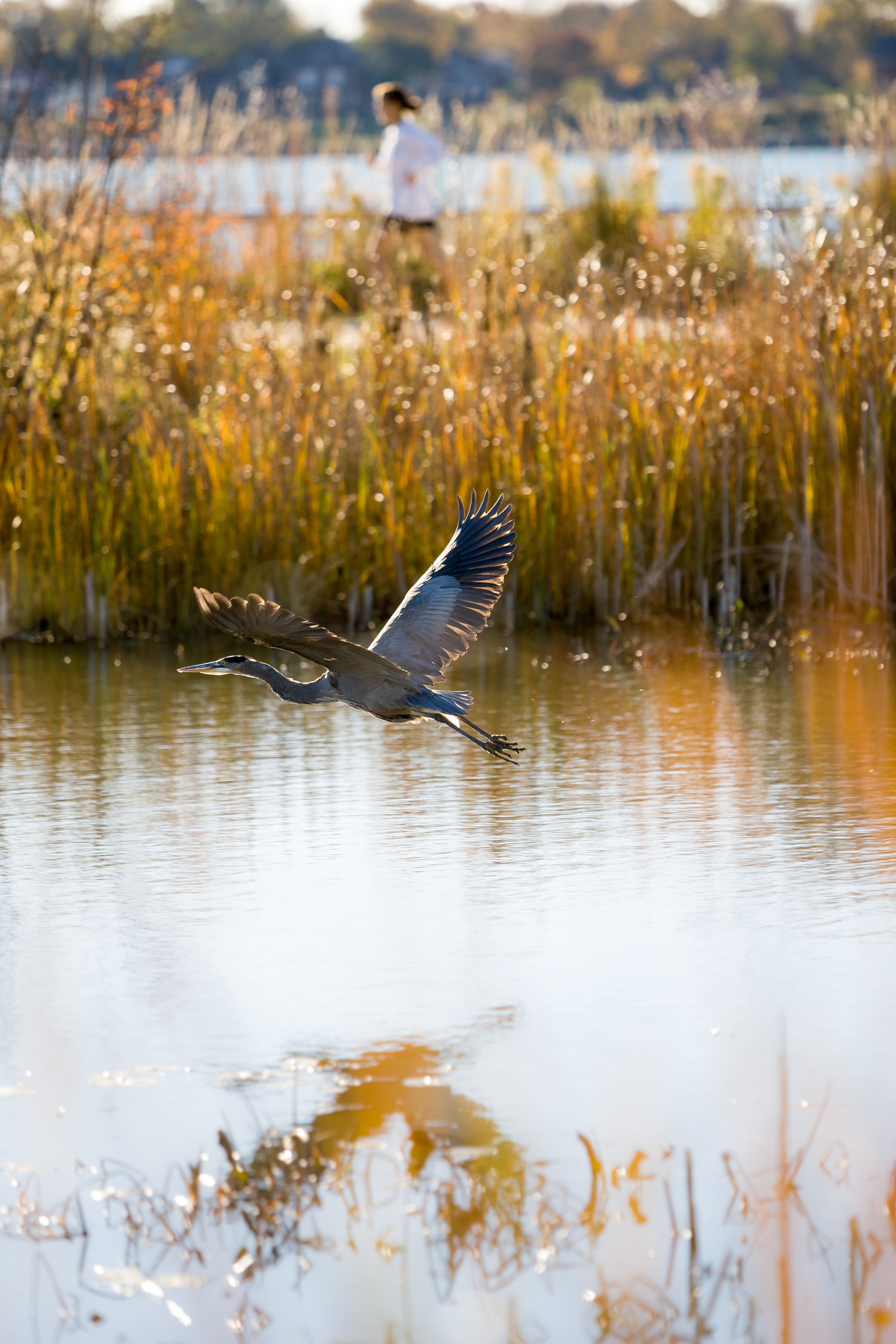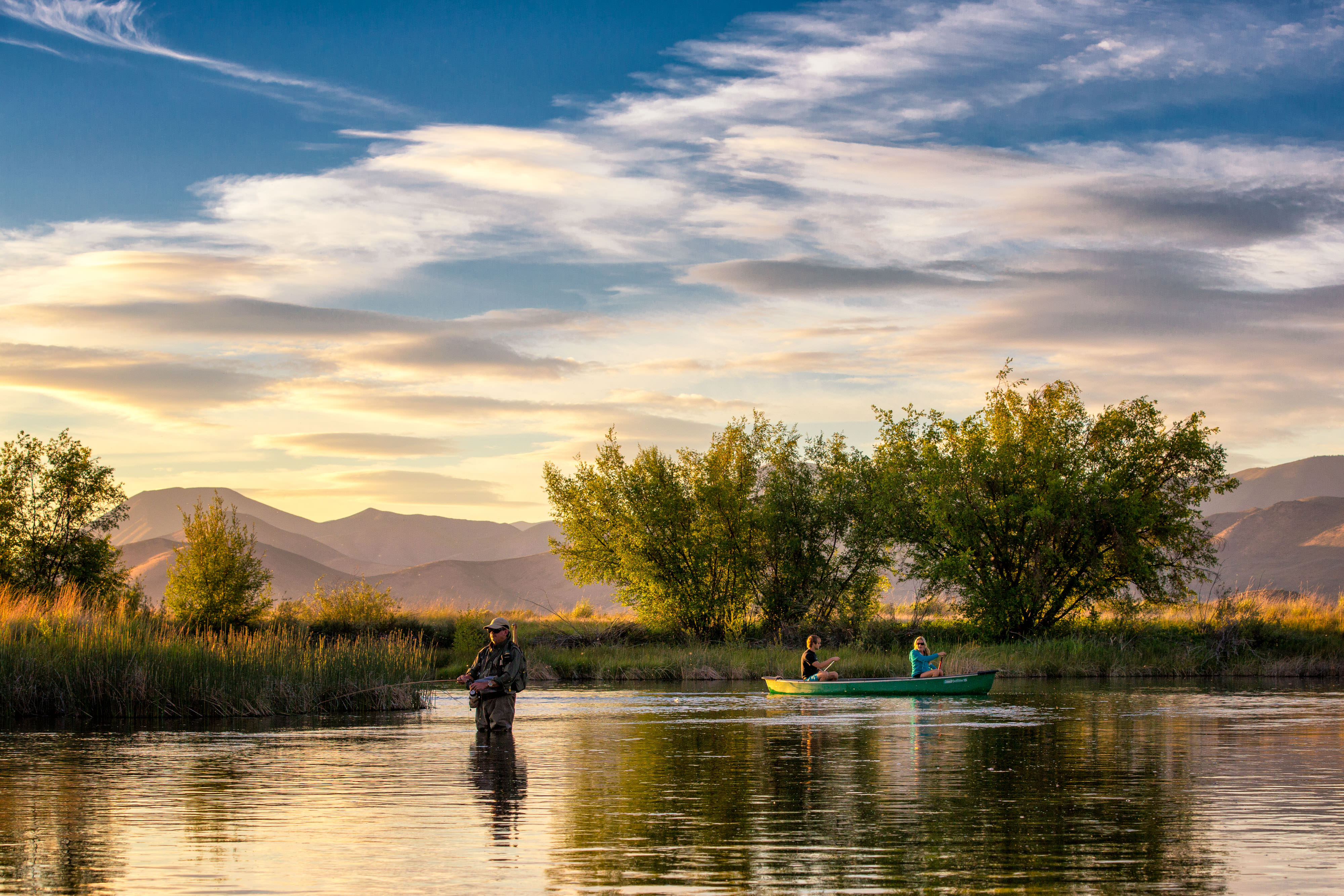Building Resilient Water Supplies
Creating water security for Idaho’s communities and natural environments in a changing climate.
With over 100,000 miles of rivers and streams and more than 2,000 lakes, Idaho appears to be a water rich state. Yet the pressures facing Idaho’s freshwater systems and aquifers are daunting. The impacts of climate change, such as declining levels of snowpack and rising spring temperatures, are making our water supplies increasingly less reliable. For example, when snowpack is lower and spring months are hotter and drier, mountain snow melts off too early and leaves rivers, reservoirs and aquifers without a steady inflow of water during warmer months when it is most needed.
These fluctuating water supplies, coupled with increasing demands on Idaho’s water, make the existing system of water management unsustainable. This has significant impacts around the state, where communities, agriculture industries, recreation economies and the natural environmental all depend on a consistent supply of water.
Investing in more sustainable water use and natural climate solutions, like regenerative agriculture, can help ensure water security even in a changing climate. The Nature Conservancy’s resilient water supply strategy focuses on implementing water-conscious agriculture practices, leveraging innovative water transaction mechanisms to keep water in streams and rivers longer, and forging strategic partnerships with water user groups across the state to rebalance water use for nature and people.



As environmental conditions change, our communities need to work together to adapt the ways we use and manage our water resources. By planning for water variability and implementing solutions that use water more efficiently and sustainably, we can build greater resiliency for our freshwater systems and the livelihoods and the lifestyles and natural environments that depend on them.
